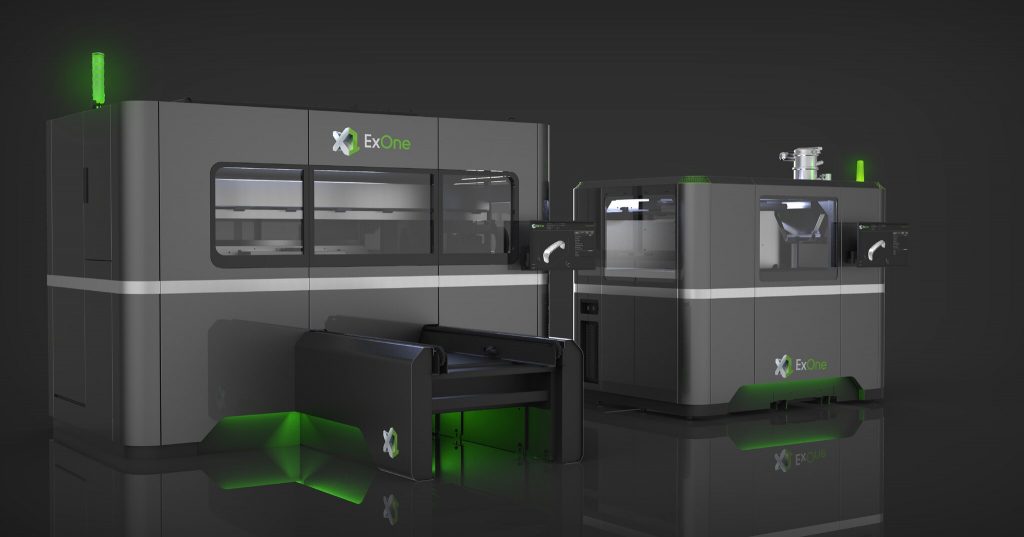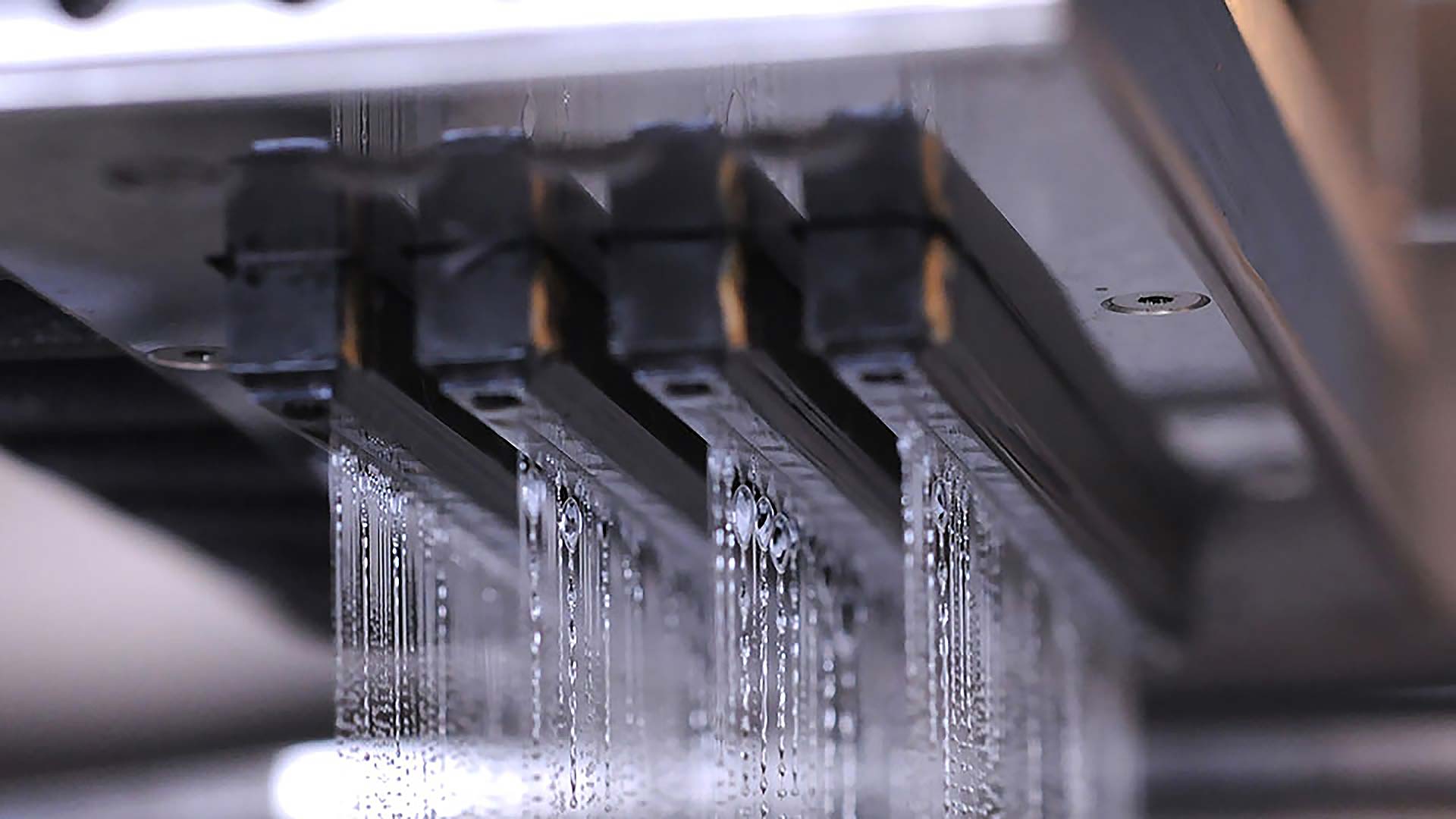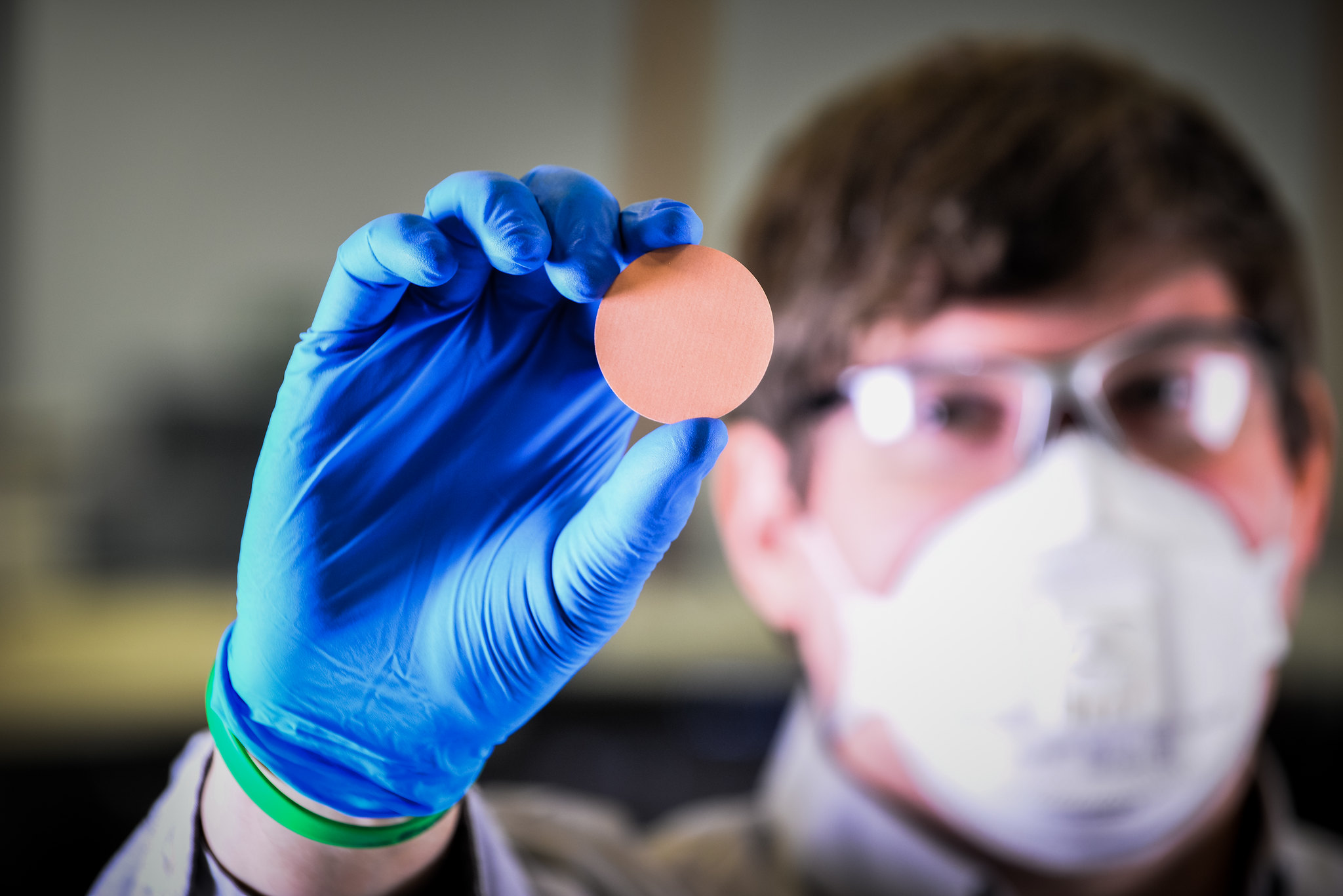Binder jetting specialist ExOne has announced the commencement of five new projects with Pennsylvania universities to advance various aspects of binder jet 3D printing. The R&D projects have all received funding through the Manufacturing PA Innovation Program set up by the Department of Community and Economic Development (DCED). The binder jetting projects are just a small portion of the overall mission, as the DCED has awarded around $2.8M in total to Pennsylvania universities – enough to fund 43 projects focused on advancing manufacturing technologies.
John Hartner, CEO of ExOne, stated: “We strongly value our relationships with the academic R&D community, and we appreciate their support enhancing our competitiveness and advancing this important 3D printing field. We congratulate our partners and all of the other universities and companies receiving Manufacturing PA Innovation funding.”

Advancements in binder jetting
Binder jetting is one of the more mature sub-technologies within 3D printing, dating back to 1993. It involves selectively depositing a liquid binder onto a bed of feedstock in the form of powder. The binder fuses the powder into a solid layer and the process is repeated, layer by layer, until a 3D part is formed. ExOne’s machines are capable of printing metals, ceramics, and composites, with new materials being qualified constantly.
Hartner adds: “The Manufacturing PA program is helping ExOne to expand our research and development efforts in important ways with the assistance of Pennsylvania’s outstanding universities and other technology companies. The projects funded by this program will help ExOne unlock the commercial and sustainability value that binder jet 3D printing has to offer, such as delivering lighter weight vehicles that are more fuel-efficient as well as all-new innovations.”

The five projects
Each of the five projects will focus on solving an issue currently experienced when working with binder jet 3D printing. Two of the projects will be in conjunction with Carnegie Mellon University. The first one will work to optimize printing parameters and increase the density of irregularly shaped powders while the second will create a software tool to pick apart components and sub-assemblies within the CAD files of large-scale systems. These sub-assemblies can then be consolidated and optimized for binder jetting.
The remaining three projects will be in conjunction with Pennsylvania State University, University of Pittsburgh, and Villanova University respectively. Penn State’s project aims to develop a whole new class of tough ceramic materials for the binder jetting process. Pittsburgh’s project will see the development of a computational tool that simulates the resulting deformation and porosity when stainless steel binder jetted parts are sintered. Finally, Villanova’s project will determine the best method of applying the liquid binder, formulating a set of guideline parameters for the binder jetting process.
This will not be the first collaboration between the binder jetting specialist and the University of Pittsburgh. The two organizations have previously worked together to develop reusable metal filters that fit into plastic respirator cartridges. The project relied on the technology’s ability to produce metal parts with porosities capable of filtering out contaminants while allowing complete airflow. The filters are currently being tested and optimized for functionality.
ExOne has also recently launched its #MakeMetalGreen social media campaign drawing attention to the sustainability of its metal binder jetting systems. The campaign hopes to educate manufacturers on the sustainability benefits of additive manufacturing, paving a greener route to production.

The nominations for the 2020 3D Printing Industry Awards are now open. Who do you think should make the shortlists for this year’s show? Have your say now.
Subscribe to the 3D Printing Industry newsletter for the latest news in additive manufacturing. You can also stay connected by following us on Twitter and liking us on Facebook.
Looking for a career in additive manufacturing? Visit 3D Printing Jobs for a selection of roles in the industry.
Featured image shows liquid binder deposition on an ExOne machine. Photo via ExOne.



